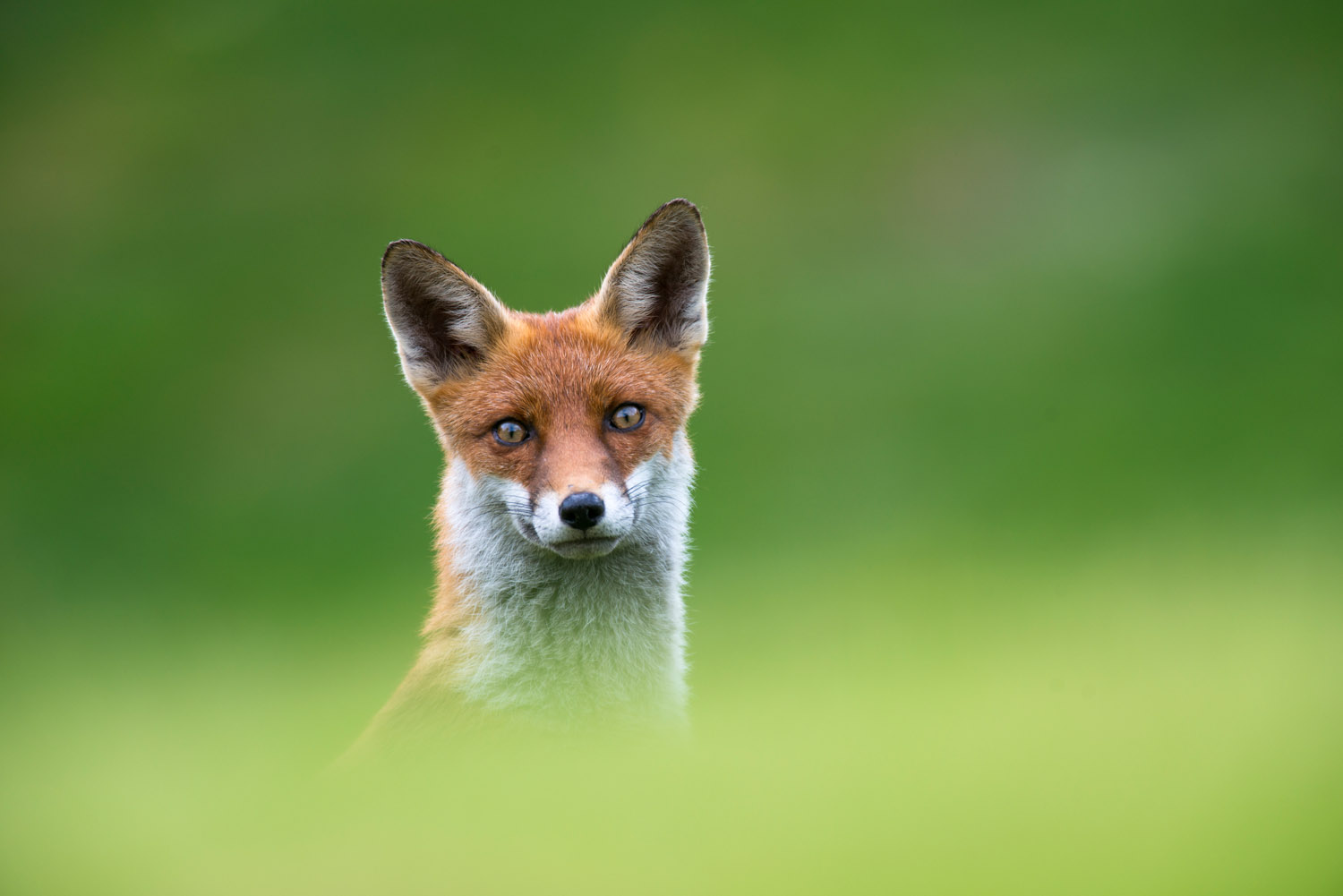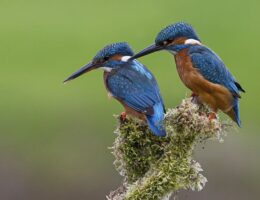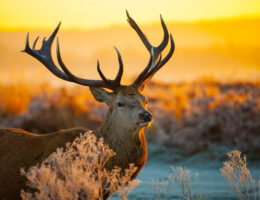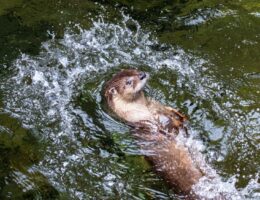IRAN ART EXHIBITION: WHAT IS WILDLIFE PHOTOGRAPHY?
The name of the game in wildlife photography—whether you’re trying to capture a herd of elephants on the Serengeti Plains or squirrels in your backyard—is patience. Wild animals are going to do what they’re going to do. Unfortunately, you can’t ask them to look this way, do something cute, or stand where the light is better. You have to be there, and ready, when they decide to look cute or do something interesting. Be prepared to wait, and wait, and wait—it takes a long time to get good wildlife shots, even longer to make great ones.
But it’s not wasted time. The longer you spend with an animal or a group of animals, the better you get to know them and their habits. You get to see the personalities of different individuals, and you’ll get to the point where you can anticipate what they might do at a particular time of day or in a certain situation. Knowing which cubs are more playful or in which spot a male likes to lie up will help you get your images.
And, as is true of all kinds of photography, the more time you spend with your subjects, the more likely your images will be intimate and revealing. You know them better, and it will show.
Gear and Stuff
There are so many people driving around the national parks in Africa and elsewhere that the animals simply ignore cars and it’s easy to get close.
Different animals are different, of course: Herbivores like impalas and gazelles tend to be pretty skittish and have greater flight distances than carnivores like cheetahs and lions, who can be very blasé. On hot, sunny days, I’ve had lion cubs crawl under my car to get in the shade (and to chew on the brake lines and tires).
Telephoto lenses are a must for wildlife photography—how long depends on how close you can get and on the size of your subject. Birds, small and flighty, need really long lenses. So do animals that are shy. For these, I use a 400mm or 600mm, though these lenses are big, heavy, and not a lot of fun to lug around. It’s not a great problem when shooting from a car, but if I’m hiking I sometimes use a teleconverter on the 300mm. They’re small and light, come in different degrees of magnification, and greatly increase the reach of your lenses.
IRAN ART EXHIBITION: Long lenses need support. When hiking or otherwise traveling on foot, a tripod is the norm. But I hate carrying stuff. Tripods sturdy enough to support a 600mm lens are big and heavy. I’ve found that I can usually find something to rest the lens on—a boulder or fallen tree, for example. My camera bag also makes a terrific support, and I’m carrying it anyway.
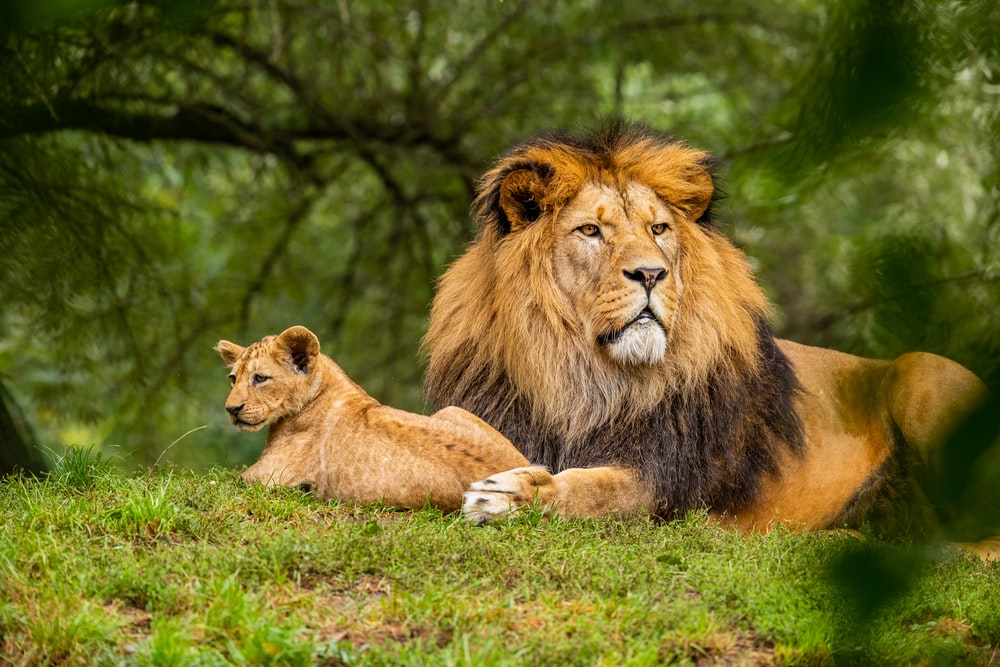
IRAN ART EXHIBITION: When I was photographing the cheetahs, I had a mount that fit on my car door that I could attach a tripod head to. It’s handy to have the camera mounted next to you so you can easily move the car for a better angle without having to put the camera down. Before I got the car mount, I used pillows, blankets, even folded up jackets. Remember: The longer the lens, the more susceptible you are to camera movement—with really long lenses, even the slightest motion can cause blur. Try to use as fast a shutter speed as possible, taking into account what kind of depth of field you want. (The larger the aperture, the smaller the depth of field. Really long telephotos have very little depth of field at any f-stop.)
Character and Environment
Another thing to remember when photographing wildlife is the old “push/pull.” Animals have personalities, and you want to show that. But you don’t want to be working really tight with long lenses all the time. You need to show their environment too—habitat says a lot. Back off and use wide-angle lenses to give viewers a sense of where the animals live.
One More Thing
When you’re out photographing wildlife, don’t just pay attention to what are called the charismatic megafauna—the big animals that get most of our attention. Of course we all want good photos of the big guys, but there are many other forms of life around. Some of them are really beautiful, and all of them are interesting. IRAN ART EXHIBITION: Whenever you’re out there, whether hiking or sitting in your car waiting for something to happen, look around. You’ll be amazed at what you might discover. Photograph that too!
